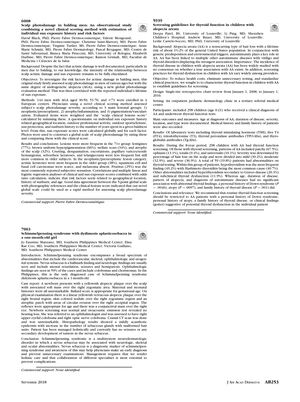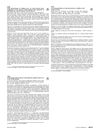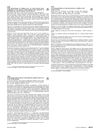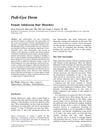Schimmelpenning Syndrome with Didymosis Aplasticosebacea in a One-Month-Old Girl
August 2018
in “
Journal of The American Academy of Dermatology
”

TLDR Older men's scalp damage increases with age and sun exposure, a baby girl in the Philippines has Schimmelpenning syndrome, and thyroid screening is advised for children with hair loss and certain risk factors.
The document reports on three separate studies:
1. An observational study of 144 balding men aged 30-71+ across four European centers found that scalp photodamage severity increased with age and was associated with factors such as geographical location, history of sunburn, and lack of sun protection. The study introduced a novel clinical scoring method and a global scale for assessing scalp photodamage, which showed good agreement with photographic references.
2. A case report of a one-month-old girl in the Philippines with Schimmelpenning syndrome, a neurodermatologic disorder marked by nevus sebaceus and potential neurologic, skeletal, and ocular abnormalities. The patient presented with various skin and ocular findings but had no seizures or tumor development. The report emphasizes the importance of early diagnosis and holistic, multidisciplinary care to prevent complications.
3. A retrospective chart review of 298 children with alopecia areata (AA) at a pediatric dermatology clinic aimed to establish thyroid function screening guidelines. The study found that 19.8% of patients had thyroid abnormalities, with hypothyroidism being the most common. Screening for thyroid dysfunction is recommended for AA patients with a personal history of Down syndrome, atopy, family history of thyroid disease, or clinical signs of thyroid dysfunction.




